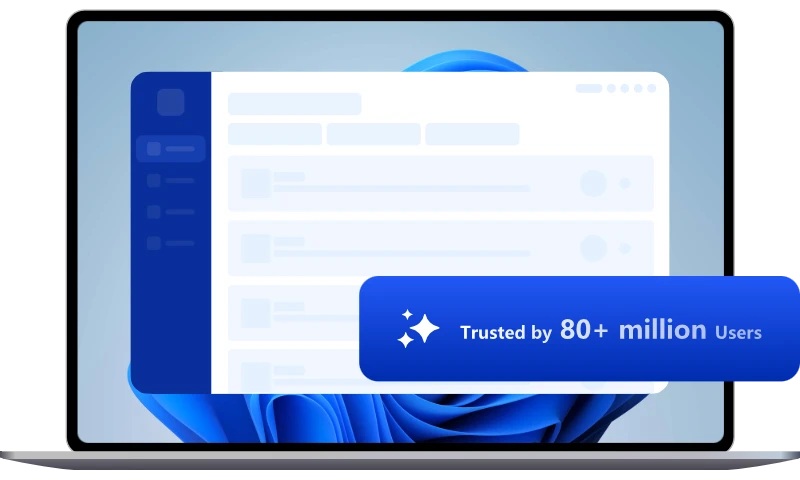Windows 11 Build 22538 Brings Back ncpa.cpl, Will Control Panel Remain?
Microsoft plans to adopt a long-term strategy to gradually migrate the options in the Control Panel to Settings. However, in the latest Windows 11 Preview Build 22538, Microsoft seems to allow users to open network connection settings from Control Panel again.
Microsoft intended to gradually eliminate Control Panel
The Control Panel is a classic feature of Windows, but since the birth of Windows 10, Microsoft has been trying to weaken its functionality. But as you can see, seven years have passed and the latest system, Windows 11, has been released, but many of the classic style settings items still remain.
Microsoft believes that the Control Panel and Settings have a lot of duplicate functions, which will increase the learning cost for new users, so it plans to gradually replace the Control Panel with Settings in Windows 11. For this reason, Microsoft plans to adopt a long-term strategy to gradually reduce the need for the Control Panel by gradually migrating the options in the Control Panel to Settings.
For example, in the Windows 11 Build 22509 internal beta release in early December last year, Microsoft moved a number of network settings options from the Control Panel to the Settings App, including Network Discovery, File and Printer Sharing, and Public Folder Sharing, and some network and device settings entries in the Control Panel jump to the Settings App. Of course, the classic Control Panel was not actually Of course, the Classic Control Panel was not actually removed, but Microsoft effectively removed access to these programs and also showed its intention to remove the Control Panel completely.
Windows 11 Build 22538 brings back ncpa.cpl
However, in the latest Windows 11 Preview Build 22538, Microsoft seems to have reintroduced the Control Panel's network connection interface (ncpa.cpl), which allows users to open the tool from within the Control Panel.
This change is apparently contrary to the previously demonstrated development plan. Microsoft did not elaborate on this, but stated in the changelog that those users who need ncpa.cpl can once again access it directly. So it seems that this is based on feedback from older users.
The previous decision to migrate the settings options did lead to dissatisfaction among some Windows users, who felt they could do more from the old control panel than the modern settings that are not yet too intensive. And perhaps this tweak to Microsoft's development plan is an attempt to regain its reputation among older users.
But the current situation where this legacy Control Panel and the modern settings app co-exist is certainly not a long-term solution, and the future plans will depend on the Windows 11 update that follows.

